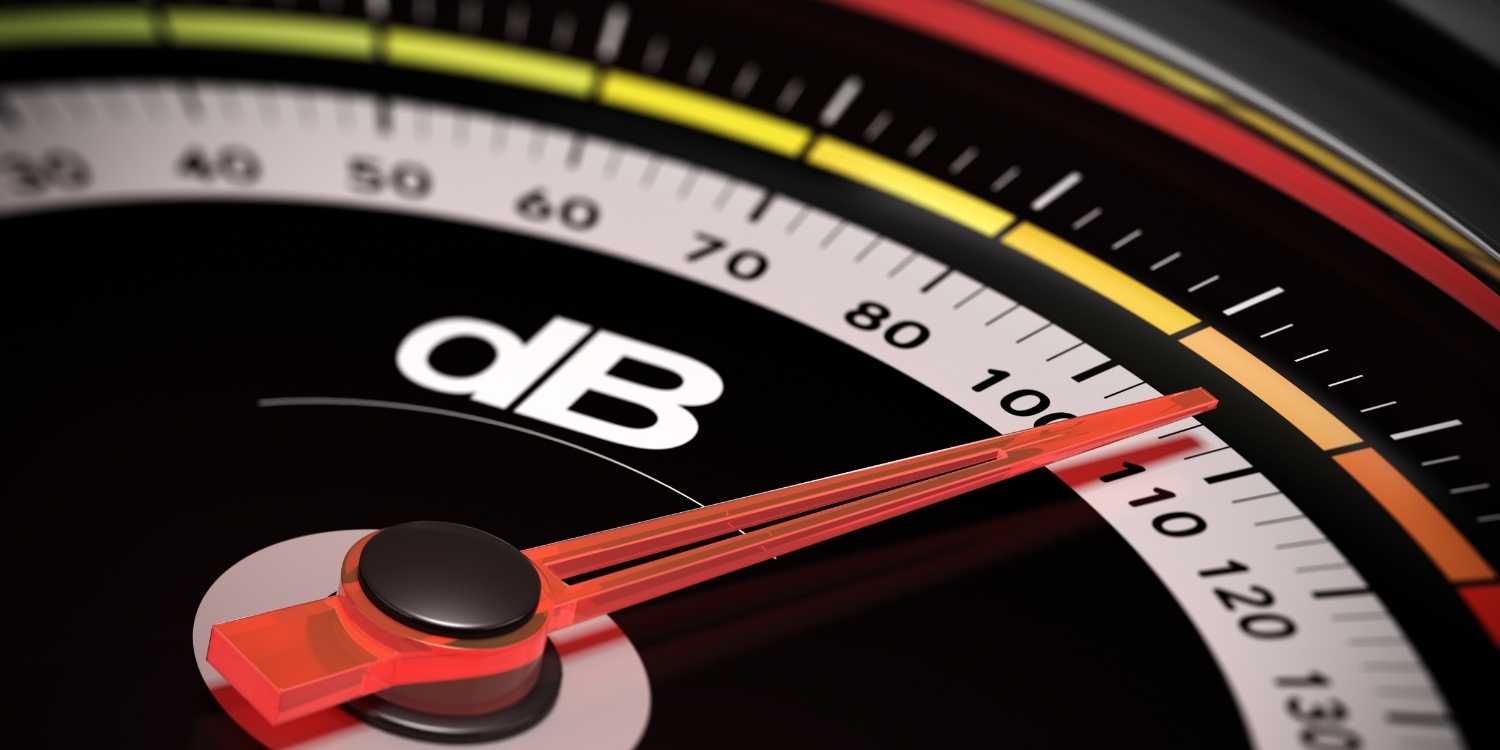
(11.10.2022)
A decibel is a logarithmic unit that is used, among other things, to measure sound pressure levels, and therefore perceived volume. Our ears 'hear' volume via changes in sound pressure. We can perceive values between 0.00002 Pascal (20 µPa) and 20 Pascal.
When the sound pressure levels are low, we perceive even the smallest changes in air pressure, at higher levels however, the changes must be much larger for us to perceive them. A linear scale would make it difficult to show these gradations clearly. That's where the unit named after Alexander Graham Bell, usually given in tenths, comes into play: decibels.
The values build up logarithmically. This means that the value doubles at fixed intervals. For dB(A) this affects every ten steps. With that, for example, 40 dB (A) is twice as loud as 30 dB (A) and 16 times as loud as 0 dB (A). The value of 0 dB is based on the so-called hearing threshold, the quietest noise that we can hear.
The suffix (A) determines a filter that adapts the volume to human sensitivity. This differs from the objectively measurable sound pressure dB (SPL), Sound Pressure Level. Depending on the frequency, the 'height' of a sound wave, a noise with the same sound pressure level appears louder than another. We tend to find deep noises less unpleasant than high ones. There are four different measurement filters, which adjust the dB values to human perception. The most common is the dB (A) filter. Here, for example, a frequency of 50 Hz is output 30 dB lower in perceived volume.
All values below 80 dB (A), which roughly corresponds to traffic noise, are harmless. However, musicians are usually exposed to higher volumes. Here, the following applies: the higher the value, the shorter you should be exposed to the sound. You can still be exposed to sounds of 85 dB (A) for 40 hours a week, but you should only experience sounds at 104 dB (A) for less than 30 minutes. The pain threshold is between 120 and 130 dB (A), for example the sound of an airplane from 100 meters away. Exposure times of less than a minute are enough to cause permanent hearing damage.
Unfortunately, the volume levels at a concert are usually above the safe level of 80 dB (A). Some form of hearing protection or taking breaks is therefore essential for your own health. Some guidelines: